Disclosure: This article contains affiliate links. We may earn a commission from purchases at no extra cost to you, which helps our travel content.
Standing in Place des Palmistes, the humid air clings to my skin like a second thought. Six years ago, I would've been checking emails instead of admiring the weathered colonial facades that tell silent stories of conquest, resistance, and cultural fusion. But that was before I traded my corporate card for a cashier's apron and my anxiety for adventure. Cayenne isn't on most travelers' radar, which is precisely why I came. This overlooked French territory in South America offers a raw, unfiltered glimpse into a complex colonial past that continues to shape its present – all without the tourist crowds or luxury price tags.
Finding Mindfulness in Cayenne's Historical Center
The heart of Cayenne feels like stepping into a forgotten history book – one where European colonialism collided with Indigenous cultures, enslaved Africans, and later Asian immigrants. I've discovered that historical sites can be powerful spaces for mindfulness practice, especially when they hold difficult truths.
Each morning of my week here began with a sunrise meditation at Place des Palmistes before the day's heat intensified. This central square, lined with royal palms and colonial buildings, offers the perfect anchor point for exploring the city's grid-like streets. The old town is compact enough to navigate entirely on foot.
My quick-dry travel towel became an unexpected essential – doubling as both a meditation mat and sweat rag in the tropical climate. The ability to wring it out and have it dry within an hour was a lifesaver given Cayenne's humidity levels.
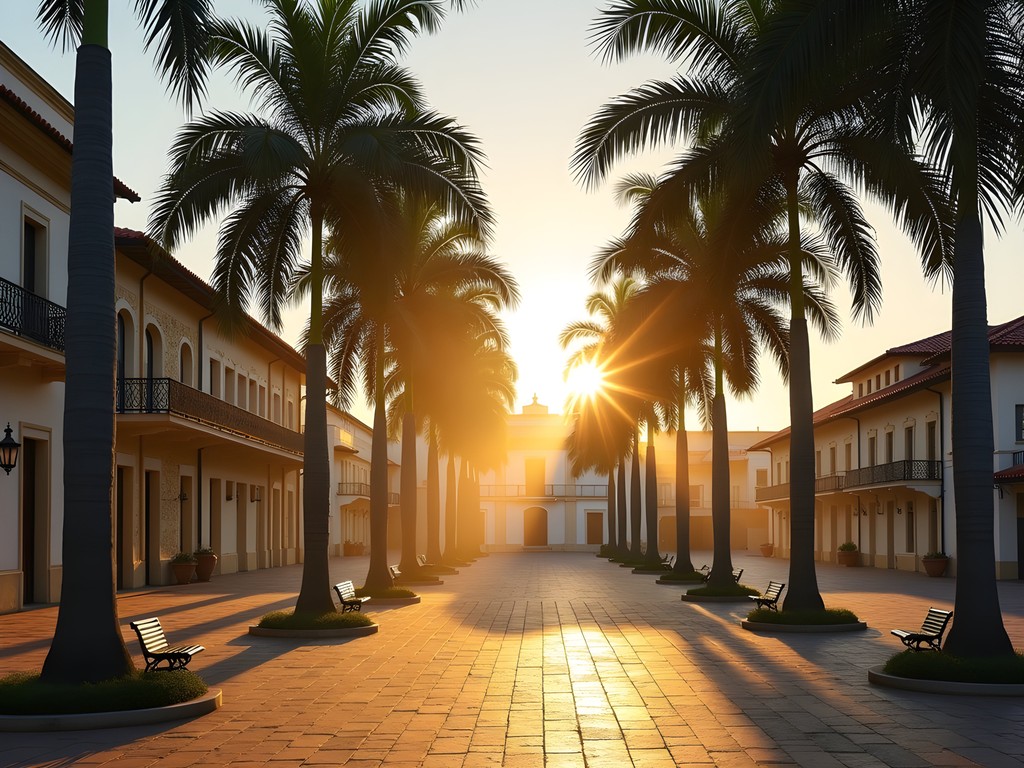
💡 Pro Tips
- Visit historical sites early morning (before 9am) or late afternoon to avoid the worst heat and have more contemplative space
- The Tourist Office on Place des Palmistes offers free walking maps marking all major colonial buildings
- Many historical buildings are still government offices - respect working hours when planning visits
The Architectural Layers of Cayenne's Colonial Past
Cayenne's architecture reads like a historical document for those willing to look closely. The city grid, established in the 17th century, remains largely intact – a physical reminder of how colonial powers imposed their vision on conquered lands.
The Hôtel de Préfecture (Governor's House) stands as perhaps the most striking example of French colonial architecture, with its imposing white façade and distinctive yellow shutters. Unlike the sanitized historical districts I've visited elsewhere, Cayenne's buildings bear their age honestly – peeling paint, weathered wood, and all.
What fascinated me most was spotting the architectural fusion that developed over centuries. French Creole wooden houses with wraparound verandas sit alongside more formal European-style administrative buildings. Many structures incorporate adaptations to the tropical climate – raised foundations, cross-ventilation, and deep eaves.
I found myself constantly reaching for my waterproof notebook to sketch architectural details and jot down observations. In this humidity, regular paper quickly becomes soggy, but this waterproof option kept my notes and sketches intact even during surprise tropical showers.
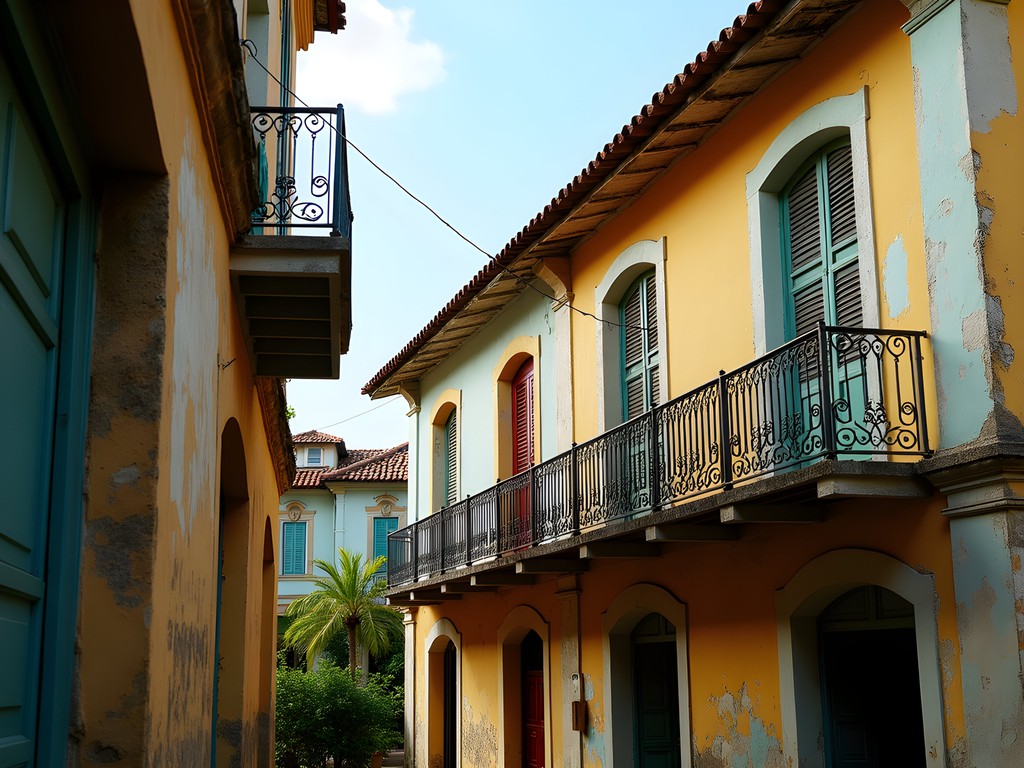
💡 Pro Tips
- Look up! The most interesting architectural details are often above street level on second and third floors
- The yellow and white color scheme on government buildings is traditional French colonial styling
- Many buildings have plaques describing their historical significance - bring a French phrasebook or translation app
Confronting the Shadows: Slavery's Imprint on Cayenne
Any mindful exploration of colonial architecture must confront the brutal realities that enabled these structures to exist. Cayenne's buildings weren't just designed by French architects – they were largely built by enslaved people whose stories remain undertold.
The former customs house near the waterfront stands as a stark reminder of the city's role in the triangle trade. Nearby, the Musée Départemental houses exhibits on the region's plantation economy. These aren't easy spaces to visit, but they're essential for understanding the full context of the architecture we so often romanticize.
One afternoon, I joined a walking tour led by a local historian who pointed out subtle architectural elements I would have otherwise missed – including former slave quarters hidden behind main houses and the remnants of surveillance infrastructure designed to prevent escapes.
Walking these streets requires comfortable footwear that can handle uneven surfaces and occasional muddy patches. My water-resistant hiking sandals proved perfect – breathable in the heat yet sturdy enough for hours of exploration. They also dried quickly after getting caught in one of Cayenne's frequent afternoon showers.
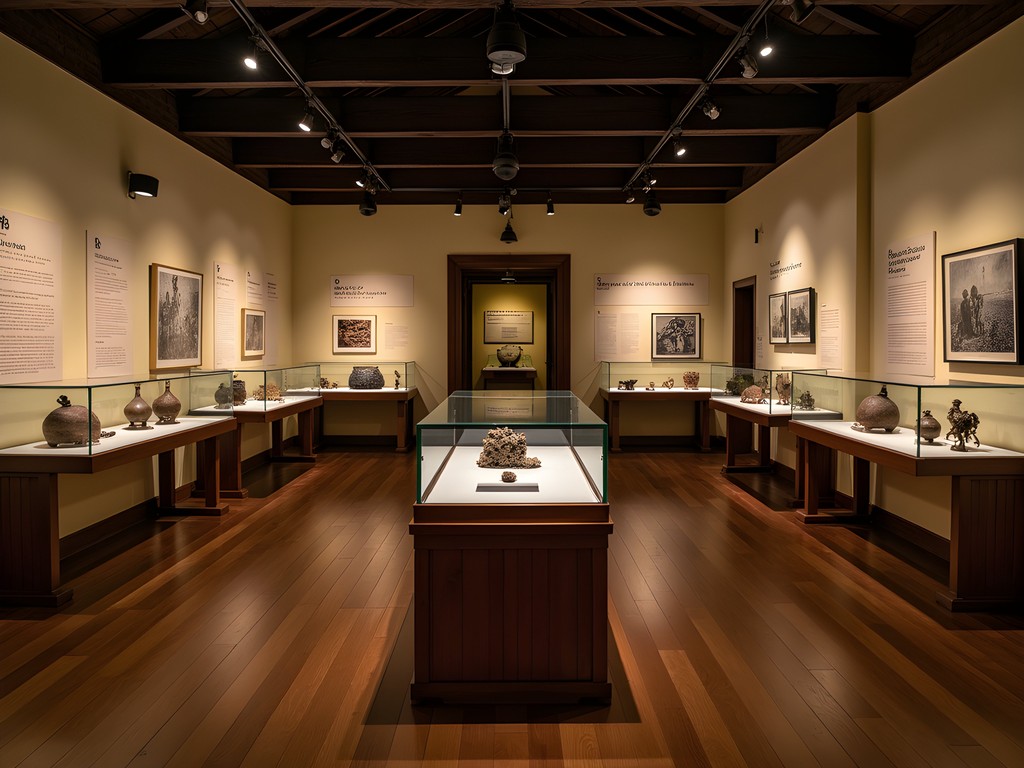
💡 Pro Tips
- The local historical society offers walking tours in English on Tuesdays and Thursdays (book at the tourist office)
- Visit the Musée Départemental for context on how the plantation economy shaped the city's development
- Consider reading up on the maroon communities (escaped slaves) before visiting to understand resistance movements
Budget-Friendly Ways to Experience Cayenne's History
As someone who traded corporate income for cashier wages to prioritize travel, I'm always conscious of costs. Fortunately, Cayenne offers rich historical experiences without demanding rich tourist prices.
The city's compact nature makes it ideal for self-guided walking tours. I downloaded a free audio guide from the tourist office's website before arriving and loaded it onto my phone. Combined with a paper map, this provided comprehensive context for each significant building without the expense of guided tours (though I did splurge on one specialist tour).
For accommodations, I stayed at a small guesthouse in a renovated colonial building near Place des Palmistes. At €45/night including breakfast, it offered both historical immersion and affordability. The owner, Madame Bertrand, shared fascinating stories about the building's past lives – from merchant's home to government office to its current incarnation.
Cayenne's tropical climate means you'll need constant hydration. Rather than buying bottled water, I brought my trusty insulated water bottle which keeps water cold for hours and has a UV-C LED that purifies water. The self-cleaning feature gave me peace of mind when refilling from public sources, saving both money and plastic waste.

💡 Pro Tips
- The public library in the old town offers free WiFi and houses a small but informative historical photo collection
- Many historical buildings are free to enter during regular business hours
- Local markets offer affordable meals – try the food stalls near the covered market for lunch under €10
Mindfulness Practices Among Colonial Shadows
Traveling through spaces shaped by colonialism requires a particular kind of mindfulness – one that acknowledges discomfort and sits with contradictions. In Cayenne, I developed specific practices to process the complex emotions that arose while admiring buildings born from exploitation.
Each evening, I'd find a quiet spot – often in the small garden behind Saint-Sauveur Cathedral – to journal about the day's explorations. This helped me untangle my reactions to sites that were simultaneously beautiful and troubling. The cathedral itself represents this duality – architecturally stunning yet built during a period of intense colonial exploitation.
I also practiced what I call 'story-listening' – sitting quietly in different locations and imagining the voices and lives that once filled these spaces. Not just the colonial administrators, but the enslaved people, Indigenous communities, and later immigrants who shaped Cayenne's multicultural identity.
For these reflective moments, I relied on my ultralight travel cushion which compresses small enough to fit in my daypack but provides comfortable support for longer sitting meditations. It also doubled as a perfect nap pillow during afternoon breaks at my guesthouse.
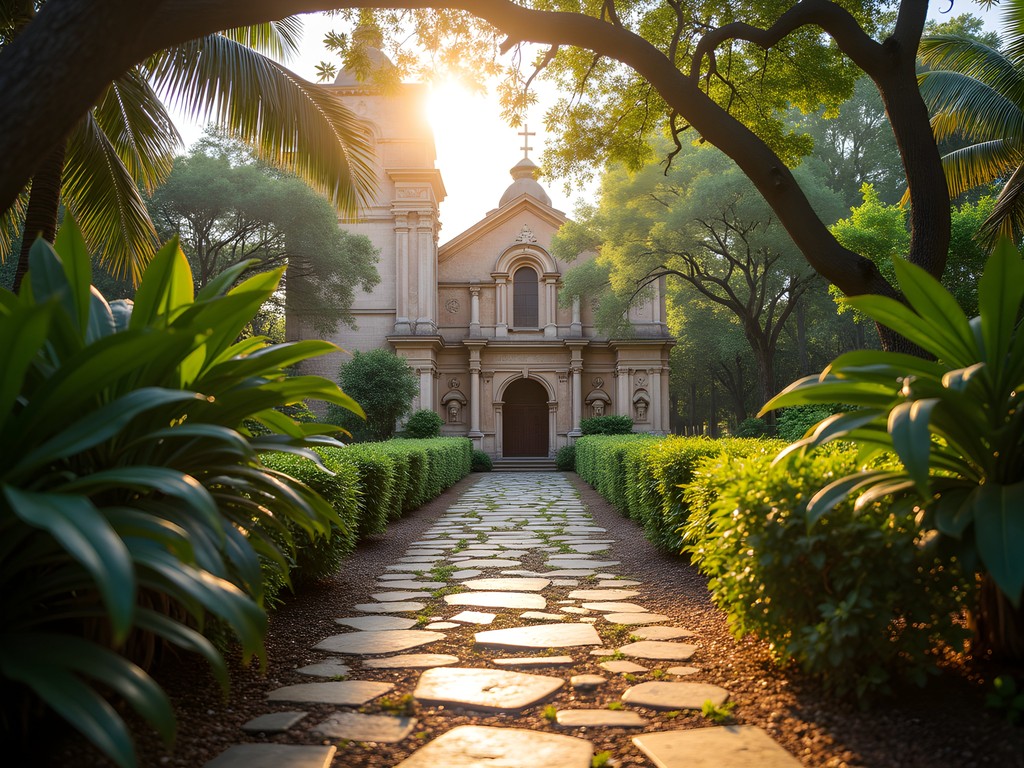
💡 Pro Tips
- The garden behind Saint-Sauveur Cathedral offers a quiet space for reflection, especially in late afternoon
- Morning hours (6-8am) are ideal for mindfulness practices in public spaces before crowds appear
- Consider a guided meditation focused on bearing witness before visiting sites with difficult histories
Final Thoughts
As my week in Cayenne drew to a close, I found myself changed by the experience in ways I hadn't anticipated. The city's colonial architecture serves as both beautiful artifact and uncomfortable reminder – a physical manifestation of the complexities we must face when exploring historical sites with mindful awareness.
What makes Cayenne special isn't just the preservation of its colonial buildings, but the way these structures exist within a living, breathing multicultural community that continues to evolve beyond its colonial origins. The architecture tells not just stories of European power, but of resistance, adaptation, and cultural fusion.
For travelers willing to step beyond the typical tourist destinations, Cayenne offers a rare opportunity to engage with colonial history in an intimate, uncurated way. You won't find perfectly restored historical districts or glossy interpretive centers here – just authentic buildings bearing the honest marks of time and use.
I invite you to visit with open eyes and an open heart. Bring your questions, your discomfort, and your willingness to listen to the stories these buildings have to tell. In doing so, you might discover, as I did, that mindful travel through colonial spaces can be a powerful catalyst for personal growth and deeper understanding.
✨ Key Takeaways
- Cayenne's colonial architecture offers insights into French Guiana's complex history without tourist crowds
- Budget-friendly exploration is possible through self-guided tours and affordable accommodations
- Mindful travel practices help process the contradictions of appreciating architecture born from exploitation
📋 Practical Information
Best Time to Visit
Late February to early April (dry season with milder temperatures)
Budget Estimate
€50-80/day including accommodation, food, and activities
Recommended Duration
5-7 days
Difficulty Level
Moderate (Due To Heat, Language Barriers, And Limited Tourist Infrastructure)

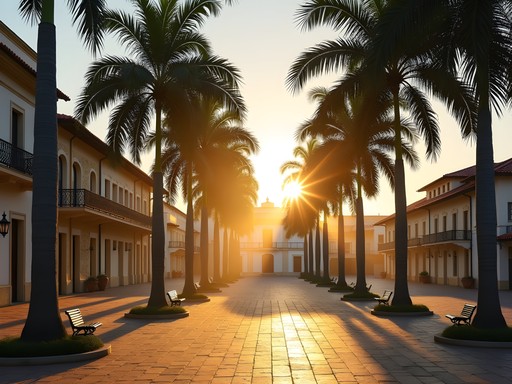
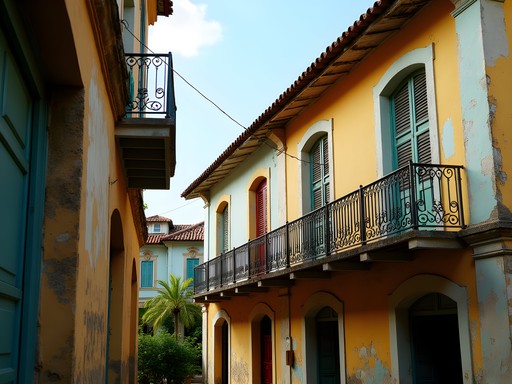


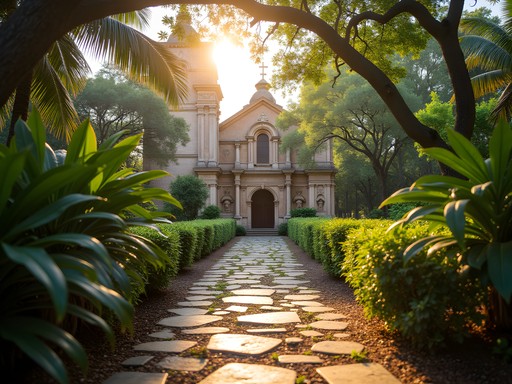


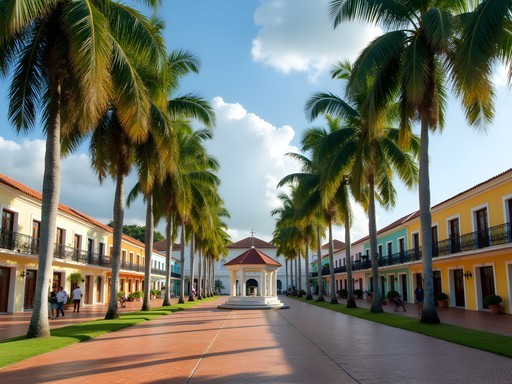






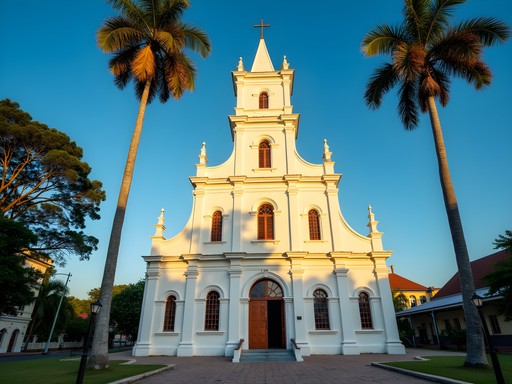
Comments
Sofia Franklin
Elizabeth, your analysis of the architectural contrasts in Cayenne is spot-on. When I visited last year on a tight budget, I found the free walking tour offered by the tourism office incredibly informative about the colonial influences. I'd add that visiting during the Cayenne Carnival (January/February) provides another fascinating layer to understanding how local culture has evolved to reclaim spaces once dominated by colonial powers. For budget travelers, I'd recommend staying in Rémire-Montjoly just outside the city - cheaper accommodations but still an easy bus ride to all the historical sites. I documented everything in my travel journal which helped me process the complex emotions that come with visiting places with such difficult histories.
roamhero
Sofia, that carnival timing is a great tip! Do you think two weeks is enough to see Cayenne and the surrounding area?
Sofia Franklin
Two weeks is perfect! That gives you enough time for Cayenne, day trips to Kourou (space center), Îles du Salut, and maybe even a few days in the Amazon rainforest areas if you're interested.
happyhero
Great post! I'm planning a trip to French Guiana in November. How did you get around Cayenne? Is it walkable or should I rent a car?
Elizabeth Coleman
The historical center is definitely walkable! I spent most days on foot. For trips to the outskirts or nearby beaches, I used local buses and occasionally taxis. Only rent a car if you're planning excursions to Kourou or the more remote areas.
happyhero
Perfect, thanks! That saves me some money on the budget.
roamhero
Your photos of Place des Palmistes are gorgeous! Adding Cayenne to my bucket list right now!
redseeker
This post really resonated with me. I visited Cayenne last year and was similarly struck by how the architecture tells such a complex story. The juxtaposition of beautiful colonial buildings with the dark history of slavery is something you don't fully grasp until you're there. Did you make it to the Transportation Camp Museum? That place left me speechless - really drives home the brutal reality behind those elegant facades.
Elizabeth Coleman
Thanks for reading, redseeker! Yes, I did visit the Transportation Camp Museum - absolutely haunting. I actually had a section about it that got cut for length. The way they've preserved those spaces really forces you to confront the human cost of colonialism.
redseeker
Exactly! Would love to read that cut section if you ever publish it as a follow-up.
vacationmaster
Going to Cayenne next month and this couldn't be more timely! Saving this post for reference. Did you find French necessary or did you get by with English?
Elizabeth Coleman
Some French definitely helps! English isn't widely spoken outside tourist areas. Even basic phrases made a huge difference in my experience.
vacationmaster
Time to dust off my Duolingo then! Thanks for the heads up.
Taylor Moreau
Elizabeth, I appreciate your nuanced approach to colonial architecture tourism. Having visited Cayenne several times for business, I've watched the city gradually reckon with its complex history. The guided walking tour you mentioned has been significantly updated in recent years to provide more context about the forced labor that built many of these structures. For visitors interested in this aspect, I'd also recommend the small but impactful exhibition at the back of the Saint-Sauveur Cathedral that documents its construction. Your section on mindful tourism is particularly relevant in places with complicated colonial legacies.
coffeemaster
Your mindfulness approach to travel is refreshing! I'm always rushing from sight to sight, but your post makes me want to slow down and really absorb the history of places I visit. How many days would you recommend for Cayenne?
Elizabeth Coleman
I'd say 3-4 days for Cayenne itself, plus extra if you want to explore other parts of French Guiana like Kourou or the rainforest. The slower pace really does make a difference!
journeyseeker6713
I visited Cayenne two years ago and was similarly moved by the architectural contrasts. The Budget-Friendly section of your post is spot on - I'd add that the small food stalls near the market offer amazing Creole dishes for just a few euros. One thing that really enhanced my experience was having a good guidebook with historical context. I used the French Guiana travel guide which had excellent walking tours focusing on colonial architecture. Elizabeth, did you try the Awara fruit while you were there? It's uniquely local and I became slightly obsessed with awara juice!
greenninja
Those pastel buildings are gorgeous! Great photos.
cityclimber
How safe did you feel walking around Cayenne? I'm planning a solo trip and wondering about safety, especially when taking photos of buildings in different neighborhoods.
Elizabeth Coleman
I felt quite safe during daylight hours in the main tourist areas. Just use common sense - don't flash expensive cameras/phones in quiet areas, and maybe avoid some neighborhoods after dark. The colonial center is well-patrolled and I had no issues taking architecture photos there!
cityclimber
Thanks so much! That's reassuring to hear.
Venture X
Premium card with 2X miles, $300 travel credit, Priority Pass